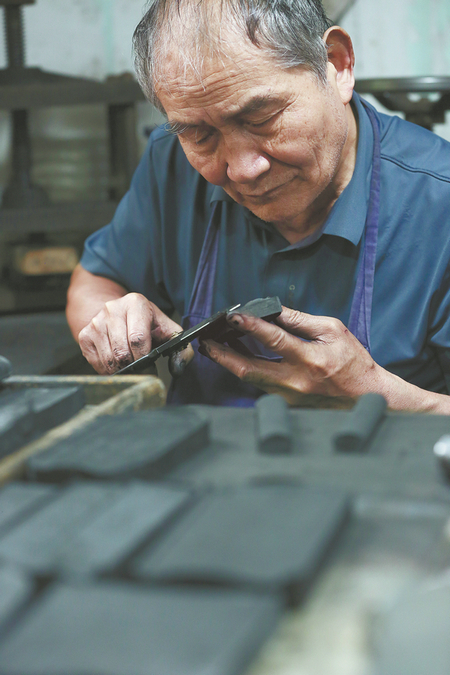

The process of making ink varies among artisans, and ingredients are often kept secret. Common components include egg whites, fish glue, spices, pearls and medicinal herbs like cloves, purple grass, Chinese sumac, sandalwood and benzoin. There are over 1,000 ingredients in total.
Before the late Tang Dynasty (618-907), major ink production hubs were primarily situated in northern regions abundant in pine resources. The relocation of the ink-making focal point to Huizhou in the south stemmed from wars in the north and the plentiful pine reserves found in the Huizhou region in the southern part of today's Anhui province.
During the Song Dynasty (960-1279), the ink-making industry thrived, pioneering the creation of oil soot ink through the use of tung oil.
Huizhou rose as a center for master craftsmen, producing both pine soot ink and oil soot ink. Since the 12th century, Huizhou's renowned Hui ink has represented the pinnacle of ink quality in China.